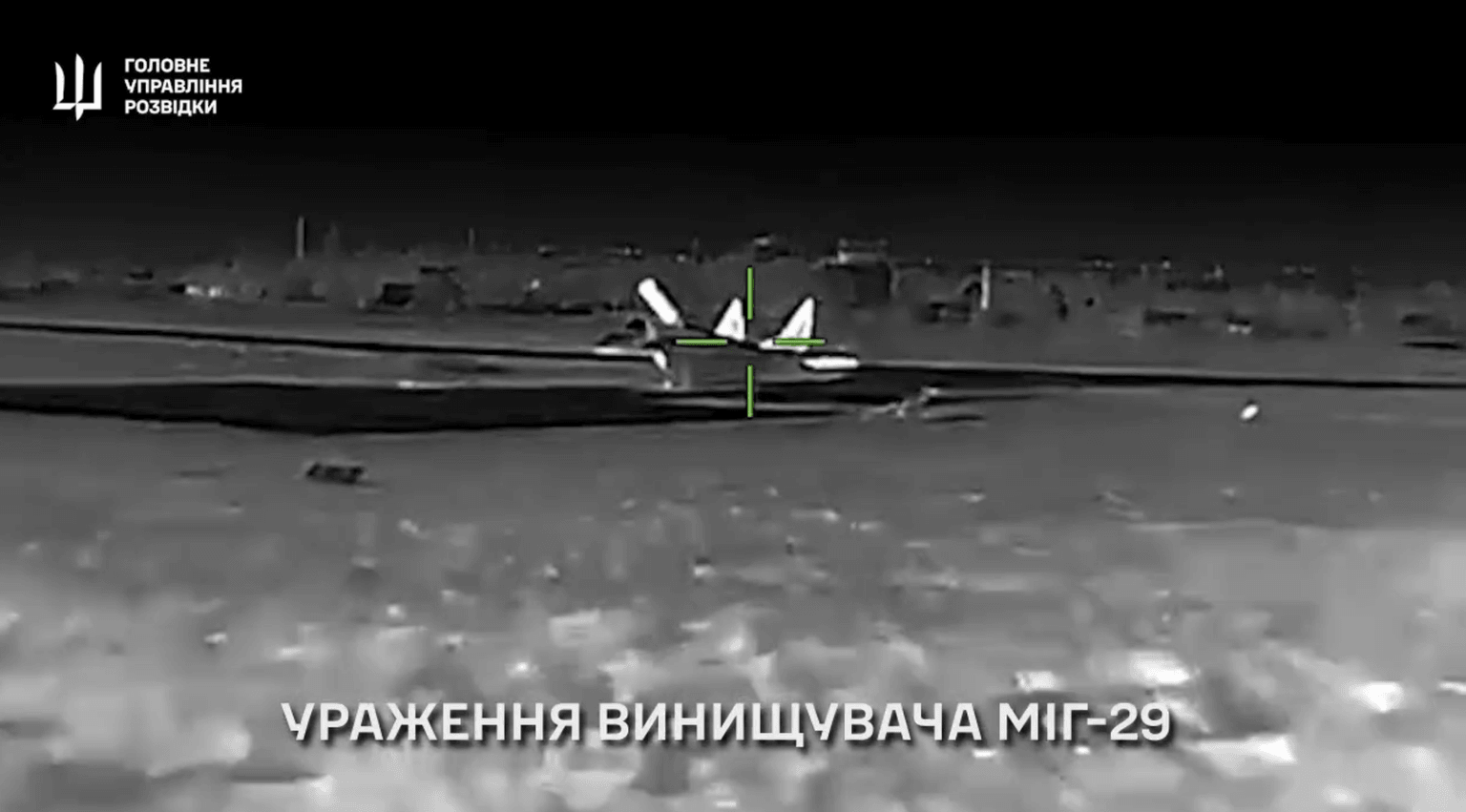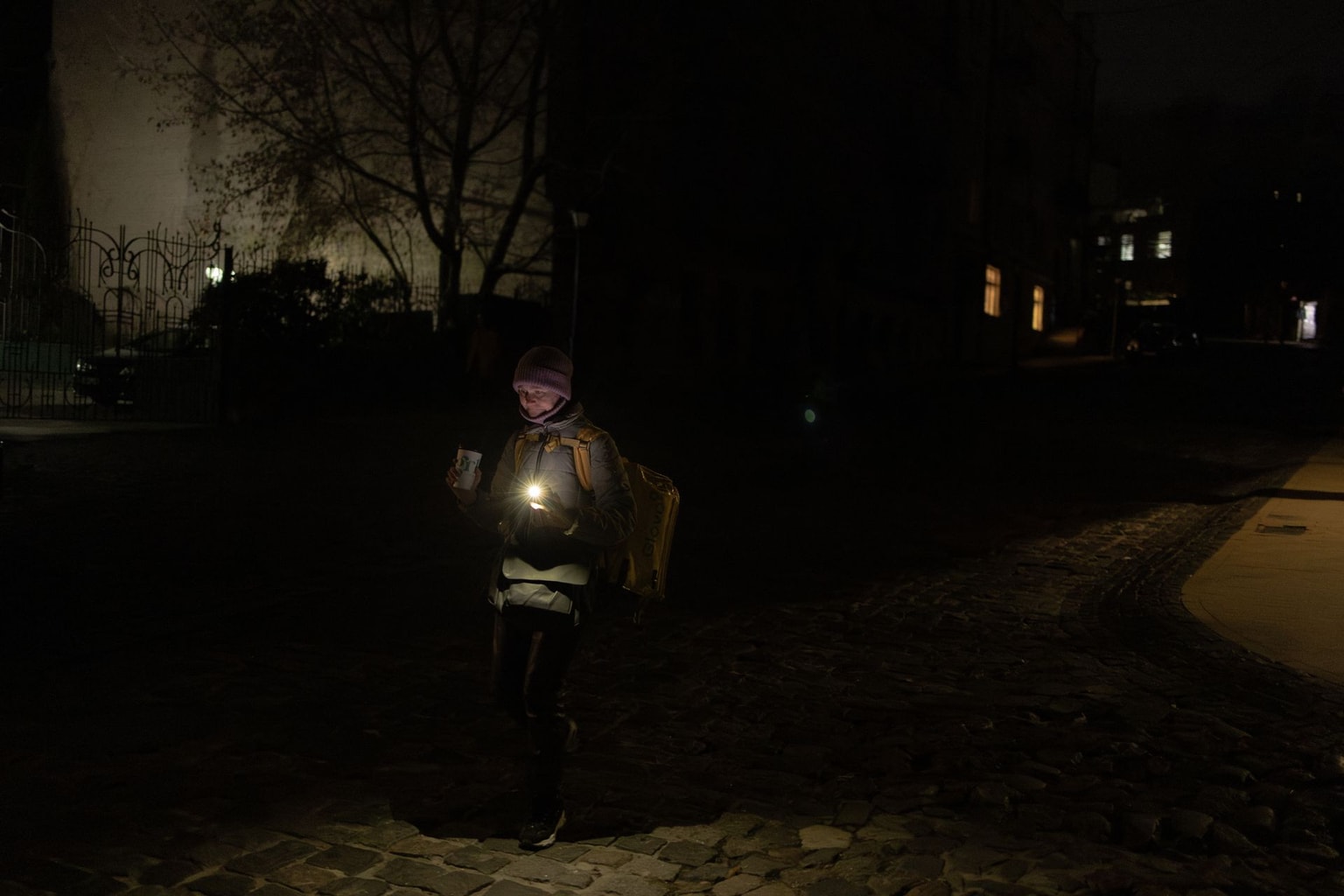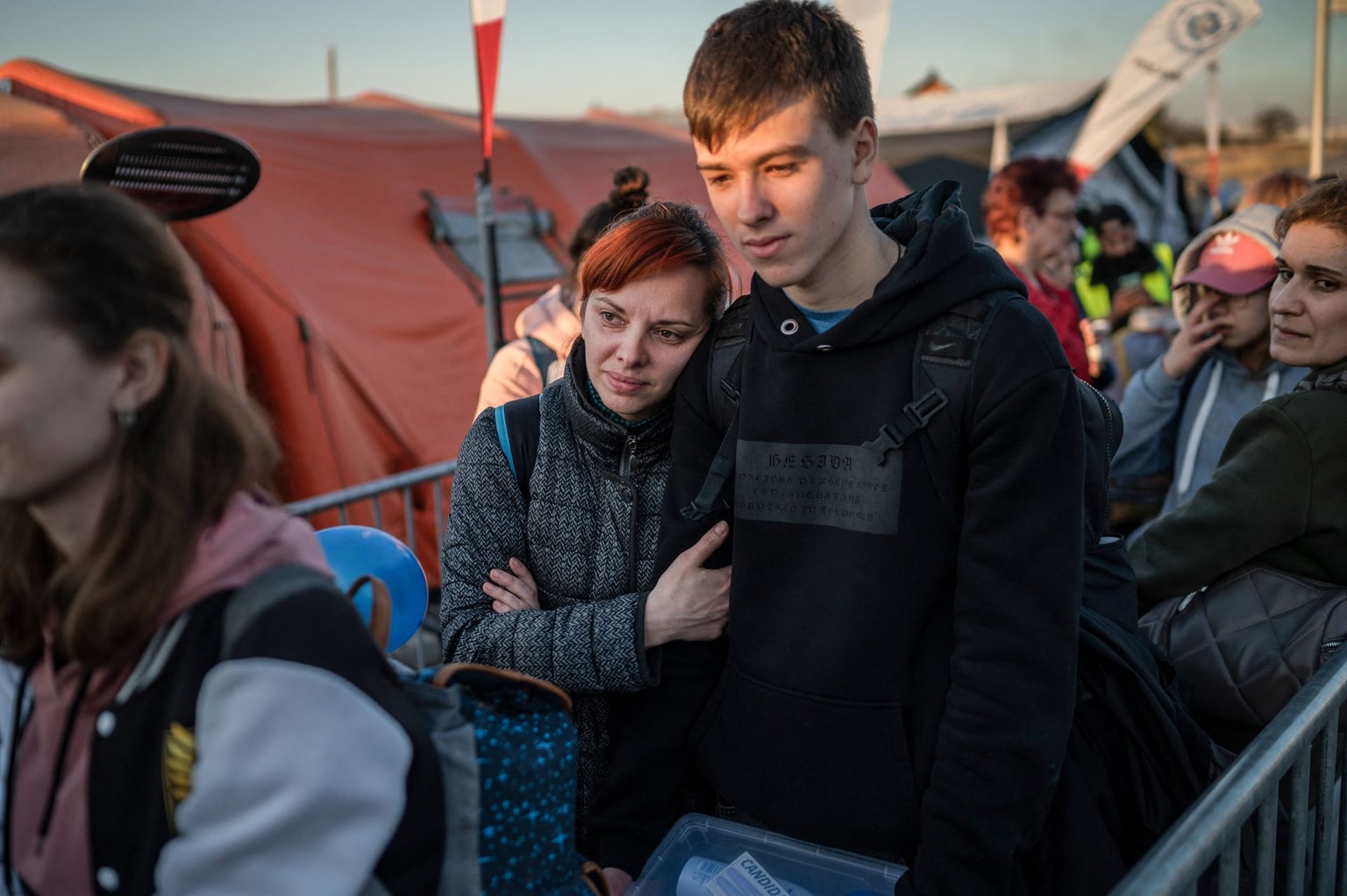This Ukrainian author was executed by the Soviets, but his legendary novel ‘The City’ lives on

Overwhelmed by the buzzing nightlife of Khreshchatyk Street in central Kyiv, Stepan Radchenko, the despondent protagonist of Valerian Pidmohylnyi’s novel “The City,” looks up at the moon for solace and reminds himself: “The city must be conquered, not despised!”
A defining novel of 20th-century Ukrainian literature, "The City" has now been brought to English-language readers by Harvard’s Ukrainian Research Institute in a fresh translation by Maxim Tarnawsky.
The novel traces Radchenko's uneasy initiation into urban life, charting the collision between his youthful ambition and the stark realities of a metropolis that is both his muse and his tormentor. Having departed his native village to study economics at university, Radchenko attempts to settle into the hectic rhythm of life in Kyiv, only to find that the city has its own designs upon him.
While immersed in his studies, Radchenko turns not only to women but to writing fiction, drawing on his experiences during the Ukrainian War of Independence to craft stories that are at once vivid and haunted. Following modest success, he embarks on the pursuit of literary fame with a restless combination of ambition and self-doubt, driven as much by a hunger for recognition as by an urgent need to understand himself.

At the heart of “The City” lies an inherent tension between provincial and urban life. Radchenko experiences the divide between the two on a physical level as he approaches Kyiv, observing “an indistinct agitation and dizziness, as if in his own village and in all those he had seen he had left not only the past, but his faith in the future as well” leading him to surrender to “the sadness that cradles the soul.” He later struggles with the sense that he is a “traitor” to his roots, yet attempts to reconcile this with the sobering truth that “cities grow at the expense of villages.”
This tension between provincial and urban life also pulses with an undercurrent of violence: almost immediately upon his arrival, dark, intrusive thoughts appear in Radchenko’s mind that sometimes erupt into acts of raw brutality, underscoring the psychological strain wrought by the city’s disorienting energy and his own inner unrest. Walking behind the shopkeeper who initially hosts him in Kyiv, Radchenko imagines “how easy it would be to break such legs” and that he could “crush him with two fingers.”
At the same time, Radchenko is repeatedly reminded of how he is “different” for having come from the provinces — such as when, in a private dining area, he doesn’t realize he can summon a waiter by tapping his glass with a knife rather than going to fetch him. The Russian colonial paternalism that came to define the Soviet mentality of Ukrainians as somehow being inherently provincial surfaces in moments such as when an administrator tells Radchenko that “until Ukrainians learn how to dress properly, they will never constitute a true nation. And that requires good taste.”
Radchenko becomes increasingly preoccupied with his attire throughout the novel, eventually burning the clothes he brought from the village once he can afford finer ones — a desperate symbolic act of rebirth and purification.
The publication of “The City” in English translation couldn’t come at a more important time. Its circulation revives a long-suppressed truth, silenced for generations under Russian oppression: Ukrainian literature is, and has always been, an integral part of European literature. As translator Maxim Tarnawsky notes in his intro, Pidmohylnyi’s novel can be seen as a spiritual cousin to 19th-century French author Guy de Maupassant’s “Bel-Ami.” A translator of French literature into Ukrainian, Pidmohylnyi embodied how a truly gifted writer and translator is first and foremost a voracious reader. Yet, while “Bel-Ami” and “The City” share the broad premise of a young man looking to make it big in a major city, the novels diverge sharply in tone and intent.
Maupassant’s work is a satire of social ambition, with its anti-hero Georges Duroy — a cynical, manipulative figure — embodying the moral decay of Paris under the Third Republic. Radchenko’s journey through Soviet-era Kyiv, by contrast, is more of a study of the alienation and inner conflict that comes through self-discovery in a new place, capturing an individual striving to understand his place in the world.

There is little doubt that Pidmohylnyi had many more remarkable novels yet to write. But on Nov. 3, 1937, his life was brutally cut short when he was executed at Sandarmokh, a forest turned killing field in Russia’s northwest Karelia Republic near the border with Finland. He was only 36. During Soviet leader Joseph Stalin’s political purges of the 1930s, more than 9,000 people were executed at Sandarmokh. Local activists and historians have identified victims from over 60 nationalities, including nearly 500 Ukrainians.
Among those executed on the day of Pidmohylnyi’s death were other luminaries of Ukrainian culture, including the poet Mykola Zerov and theater director Les Kurbas. Their deaths were part of a surge in executions timed to “celebrate” the anniversary of the Bolshevik Revolution. In this orchestrated and bloody purge, nearly an entire generation of Ukrainian intellectual life was silenced. Today, these victims are remembered collectively as “The Executed Renaissance.”
Knowing Pidmohylnyi’s fate — and the countless literary masterpieces the world was denied — makes the novel’s somewhat ambiguous ending all the more poignant and bitter to read. We are left to hope that Radchenko, in literature’s celestial realm, goes on to pen the novels that Pidmohylnyi himself never had the chance to write.
Note from the author:
Hi, this is Kate Tsurkan, thanks for reading this article. There is an ever-increasing amount of books about or related to Ukraine, Russia, and Russia's ongoing war of aggression against Ukraine available to English-language readers, and I hope my recommendations prove useful when it comes to your next trip to the bookstore. If you like reading about this sort of thing, please consider supporting The Kyiv Independent.










